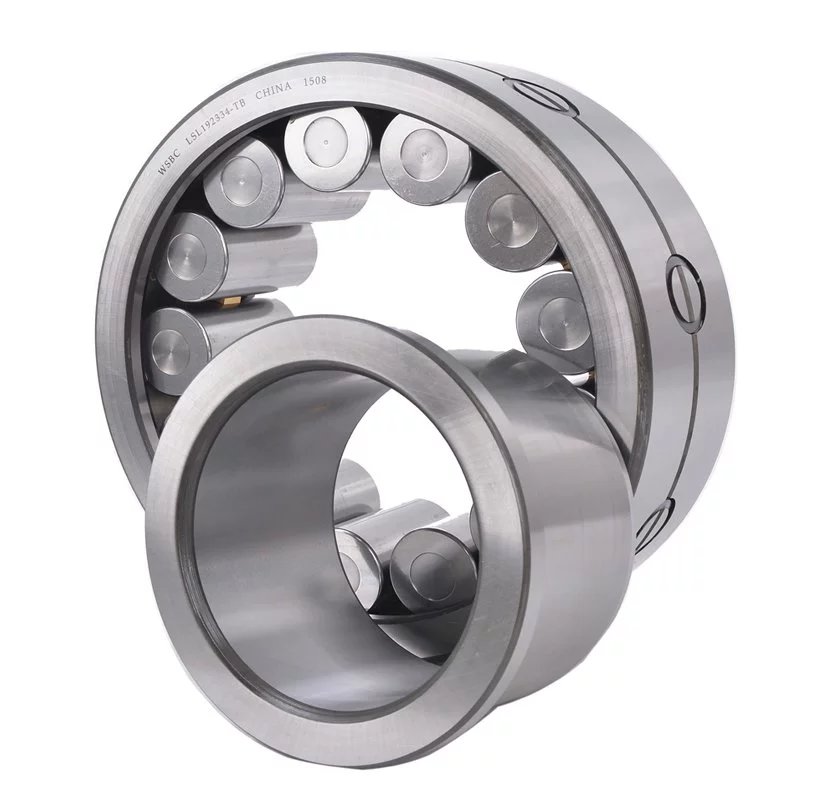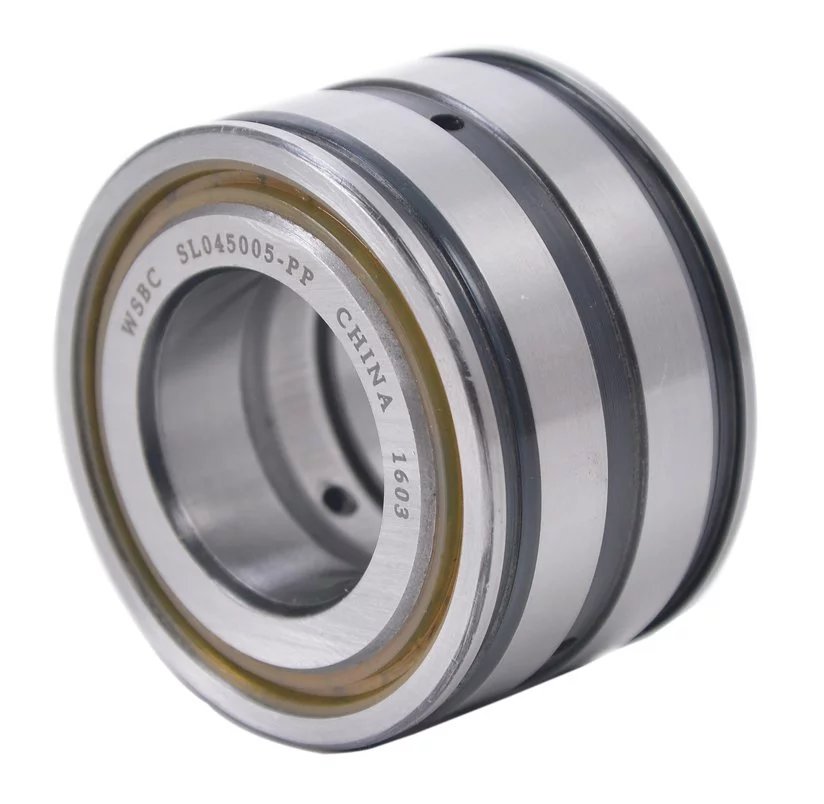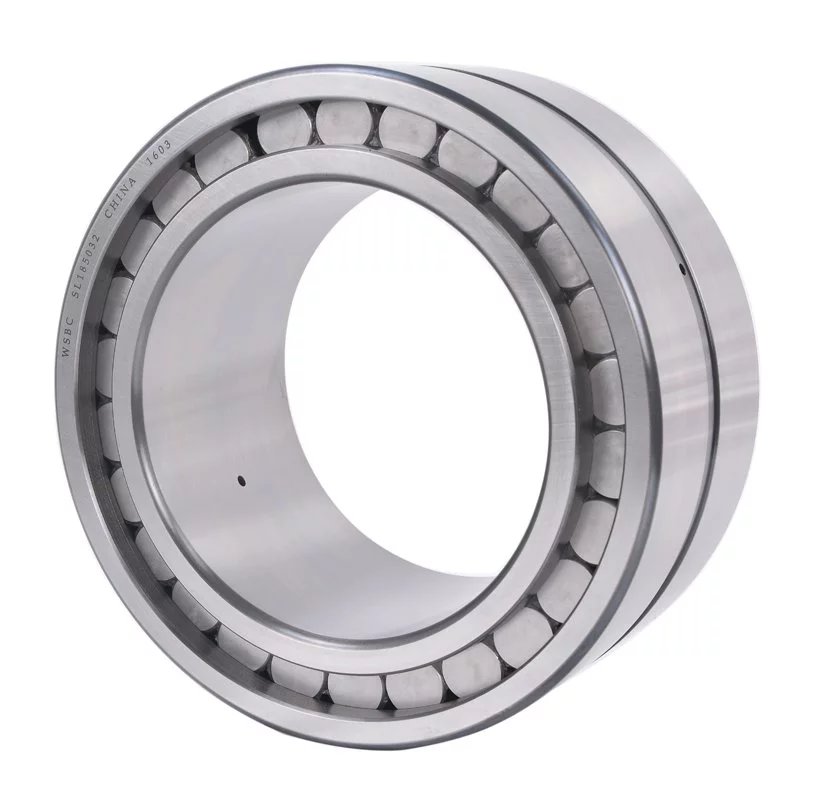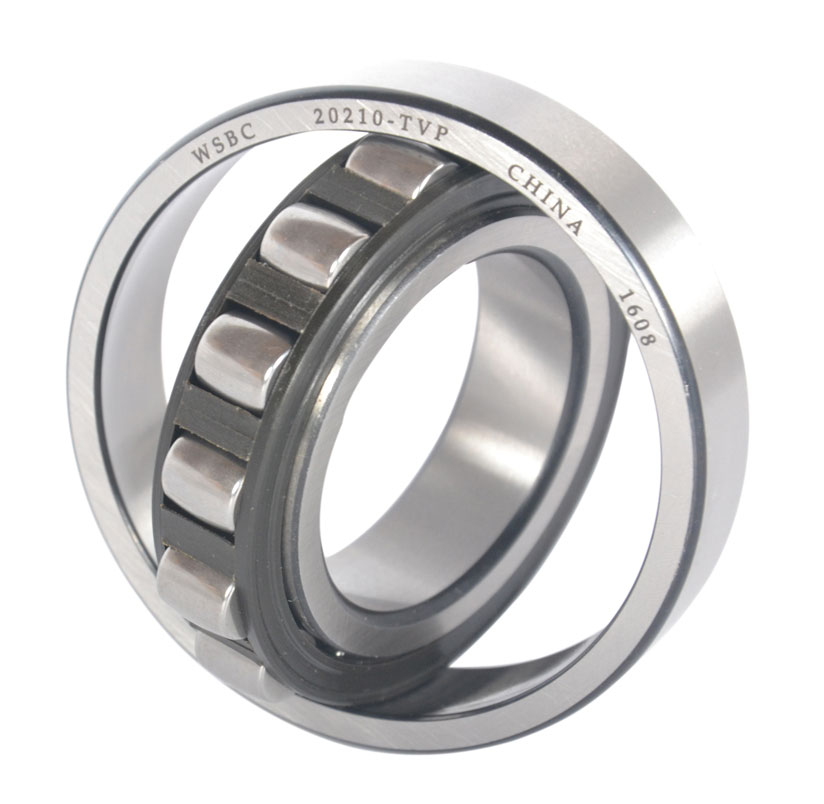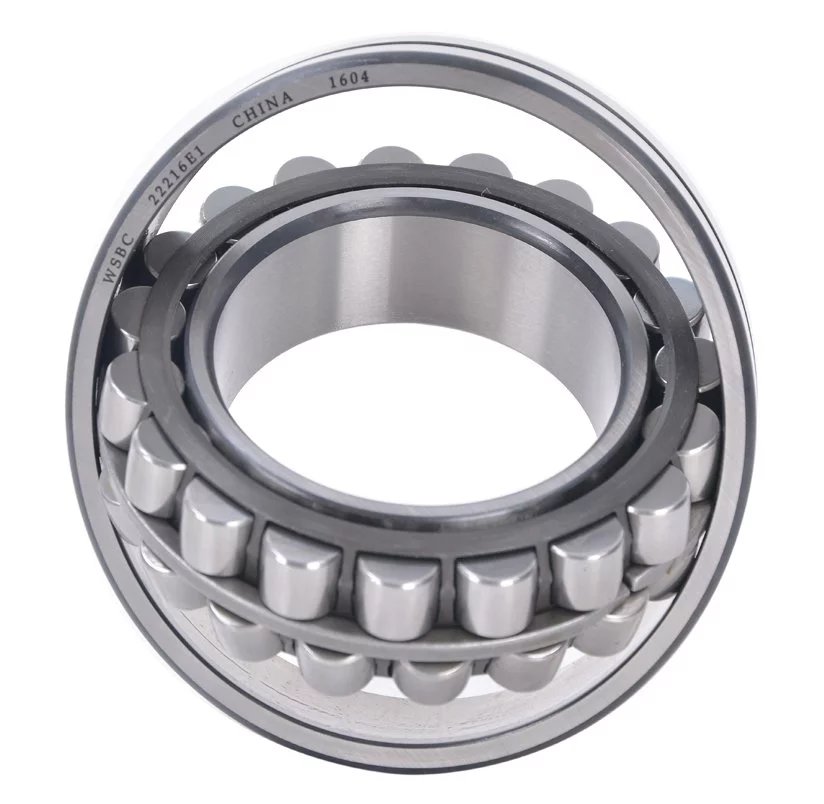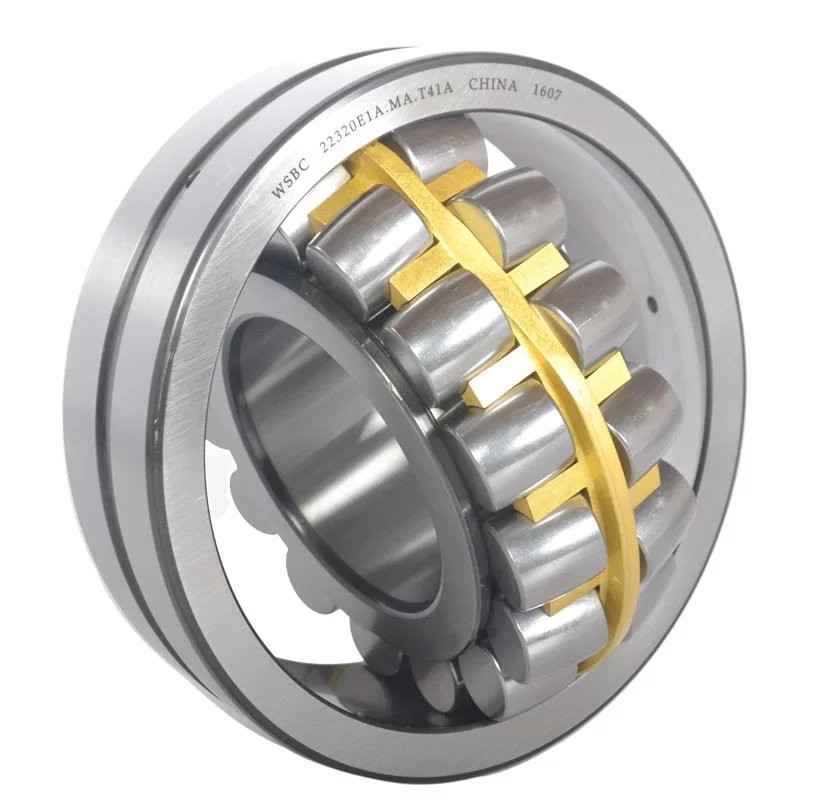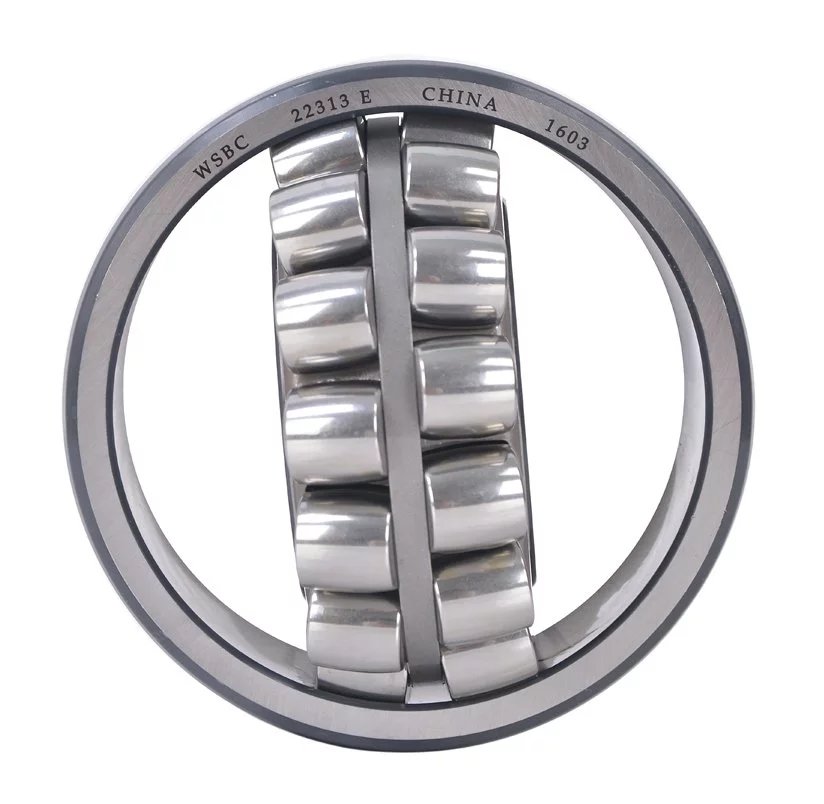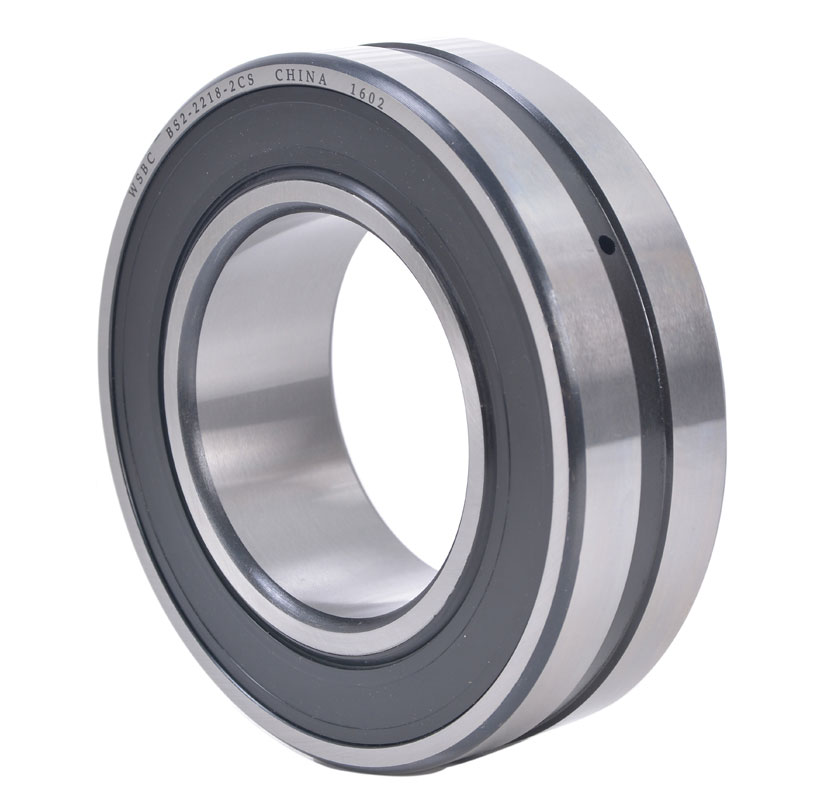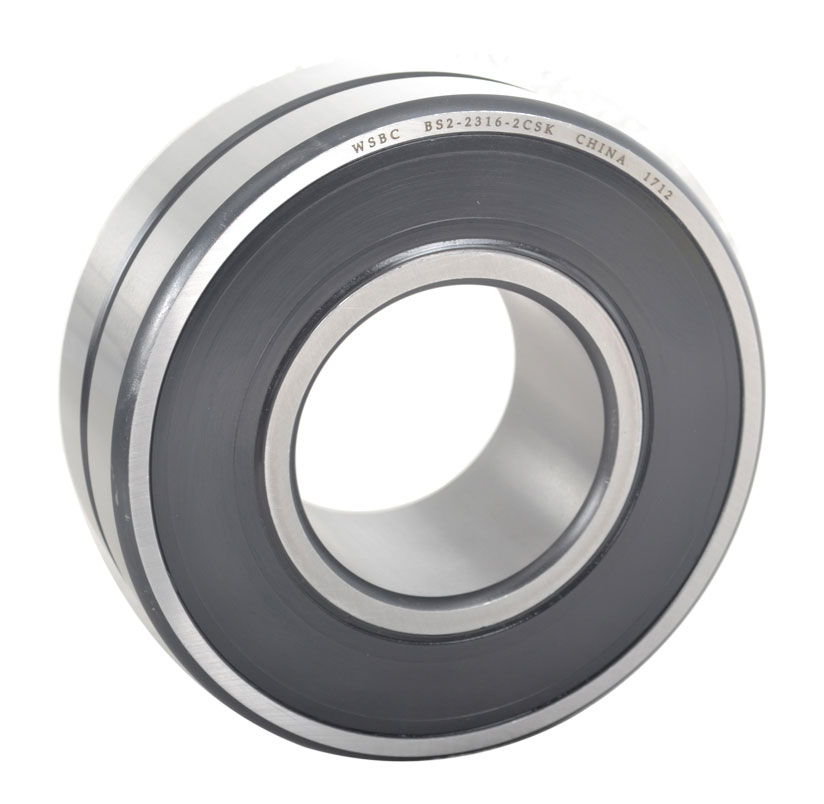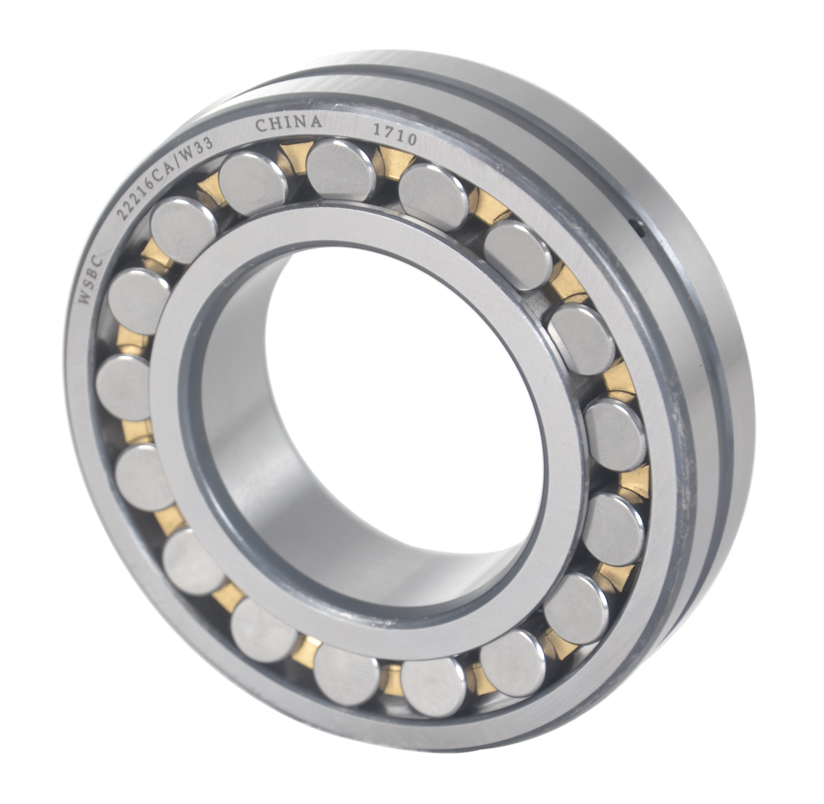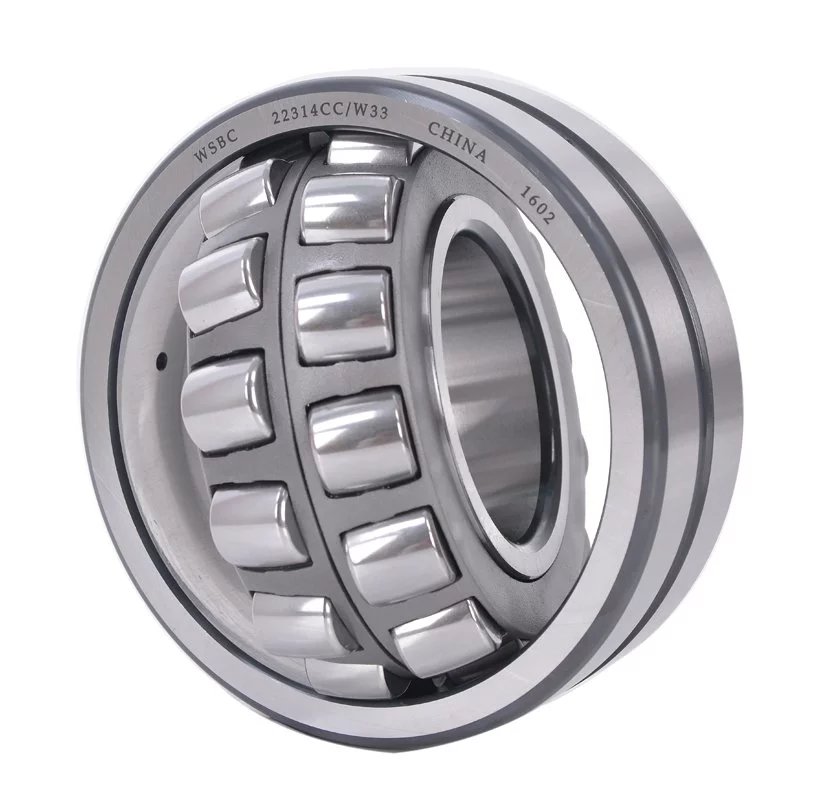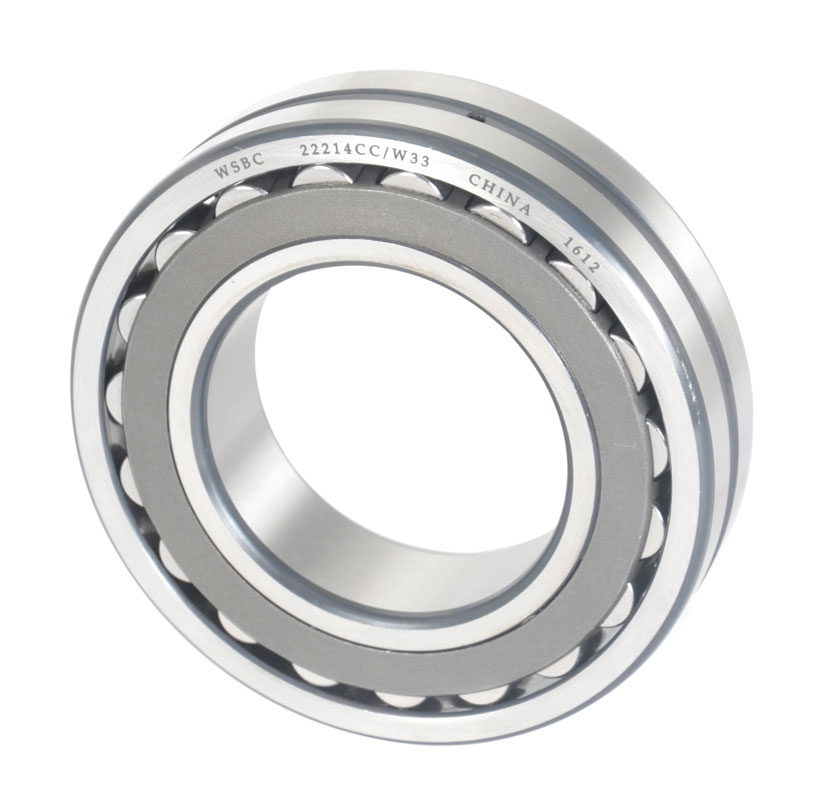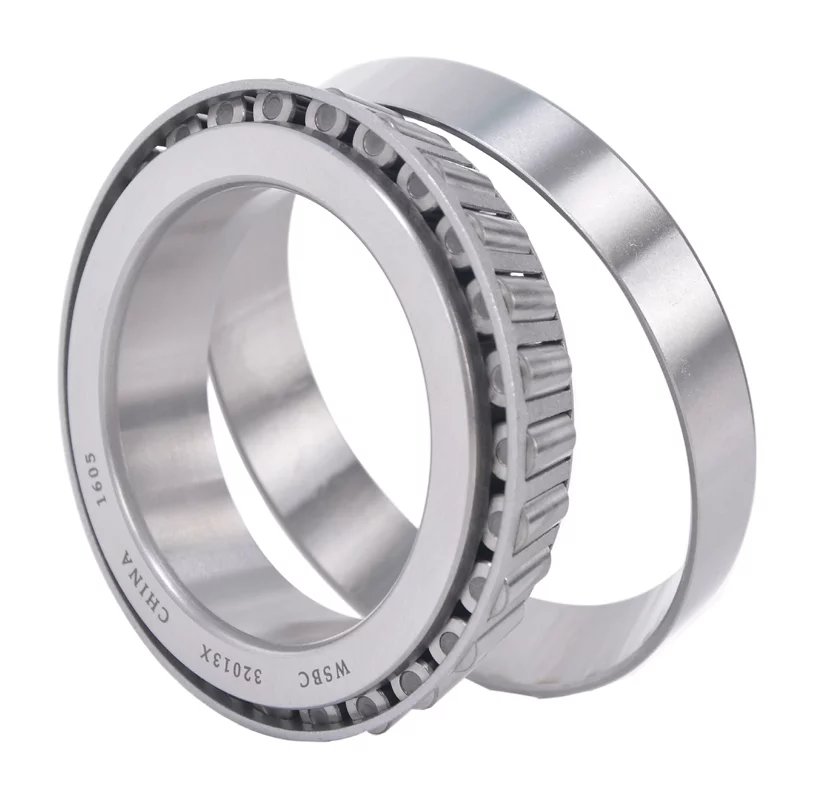News
Heat Treatment Method and Process of WSBC Bearings
Time:2021.03.18 Source:Roller Bearings Suppliers
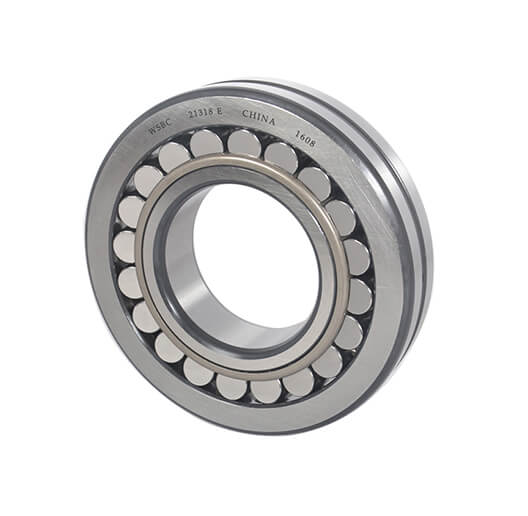
The heat treatment process generally includes three processes of heating, heat preservation and cooling, sometimes only two processes of heating and cooling, these processes are interrelated and uninterrupted.
The heating process during heat treatment
Heating is one of the important processes of heating. There are many heating methods for metal heating. First, charcoal and coal are used as heat sources, and then liquid and gas fuels are used. Heating is easy to control and pollution-free. These heat sources can be used directly or indirectly for molten salts or metals, and even floating particles.
When the metal is heated, the workpiece is exposed to the air, which often occurs oxidation and decarburization (that is, reducing the carbon content on the surface of steel parts), which has a very adverse effect on the surface properties of the parts. A controlled atmosphere or protective atmosphere, molten salt and heating metal in a vacuum, can also be protected and heated by coating or packaging methods.
Insulation process during heat treatment
The heating temperature is one of the important process parameters of the heat treatment process. The selection and control of heating temperature is the main issue to ensure the quality of heat treatment. The heating temperature varies with the metal material to be treated and the purpose of the heat treatment, but usually it is necessary to heat it above the phase transition temperature to obtain a higher temperature. In addition, the transformation takes a certain time, so when the surface of the metal workpiece reaches the required heating temperature, it is necessary to keep it at this temperature for a certain period of time to keep the internal and external temperatures consistent, so that the tissue transformation is completed. This time is called Is insulation time. When high energy density heating and surface heat treatment are used, the heating speed is very fast, and there is generally no holding time, while the holding time of chemicals and the heat treatment time are usually longer.
Cooling process during heat treatment
Cooling is also an essential step in the heat treatment process. The cooling method varies with the process, mainly to control the cooling rate. Generally, the cooling rate of annealing is the slowest, the cooling rate of normalizing is faster, and the cooling rate of quenching is faster, but different types of alloys have different requirements. steel. For example, the same cooling rate as normalizing can be used to harden air-hardened steel. WSBC 21316 E is required, click here for more information.
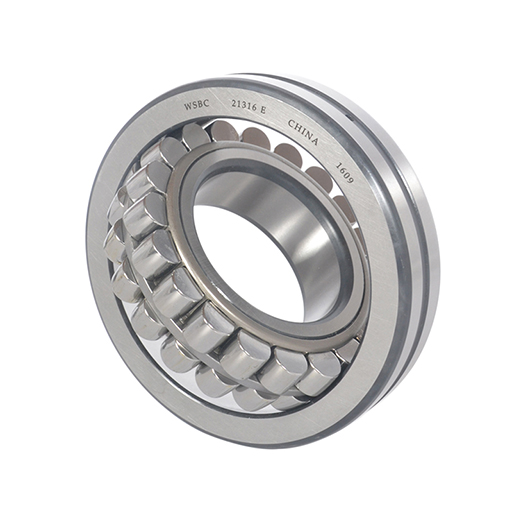
Metal heat treatment processes can generally be divided into three categories: overall heat treatment, surface heat treatment and chemical heat treatment. According to different heating media, heating temperatures and cooling methods, each category can be divided into several different heat treatment processes. The same metal undergoes different heat treatment processes to obtain different structures and thus have different properties. Steel is the most widely used metal in the industry, and the microstructure of steel is also the most complex, so there are many types of heat treatment processes for steel.
Overall heat treatment
A metal heat treatment process in which the entire workpiece is heated and then cooled at an appropriate rate to change its overall mechanical properties. The overall heat treatment of steel has four basic processes: annealing, normalizing, quenching and tempering.
Fire is to heat the workpiece to an appropriate temperature, hold it for different time according to the material and size of the workpiece, and then slowly cool it, the purpose is to make the internal structure of the metal reach or close to the equilibrium state to obtain good process performance and service performance, or It is used to further quench the preparation of the organization.
Normalization is to heat the workpiece to a suitable temperature after cooling in the air. The effect of normalization is similar to annealing, but the structure is finer. It is often used to improve the cutting performance of materials, and sometimes it is also used for the final heat treatment of certain parts.
Quenching refers to heating the workpiece, and then rapidly cooling it in water, oil, or another inorganic salt, or organic aqueous solution after heat preservation. After quenching, the steel becomes hard but brittle.
In order to reduce the brittleness of steel parts, the quenched steel parts are kept at an appropriate temperature higher than room temperature and lower than 650°C for a long time and then cooled. This process is called tempering.
Annealing, normalizing, quenching and tempering are the "four fires" in the entire heat-treatment process. Among them, quenching and tempering are closely related and are often used together. None of them are essential.
The "Four Fires" have different heating temperatures and cooling methods, and have developed different heat treatment technologies. In order to obtain a certain strength and toughness, the process of quenching and high-temperature tempering is combined together, which is called quenching and tempering. Quenching to form supersaturated solid solutions, keeping them at room temperature or a slightly higher suitable temperature for a long time to improve the hardness, strength or electromagnetics of the alloy, this heat treatment process is called aging treatment. Click here to learn more about WSBC 22212E.
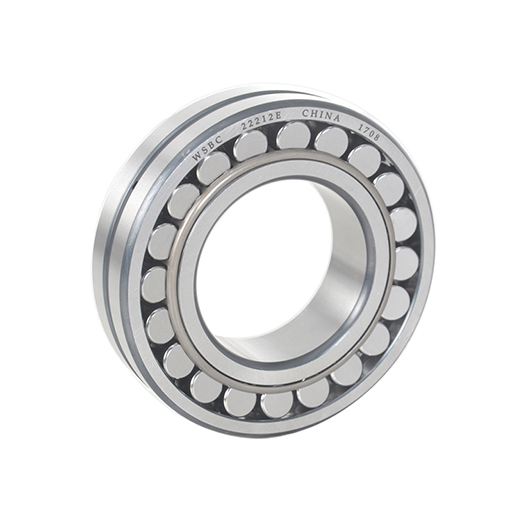
Chemical heat treatment
The deformation and heat treatment in pressure processing are effectively and tightly combined to obtain good strength and toughness of the workpiece. The method of toughness is called deformation heat treatment; the heat treatment performed in a negative pressure atmosphere or vacuum is called vacuum heat treatment. It can not only prevent the workpiece from oxidation and decarburization, keep the surface of the workpiece clean after treatment, and improve the performance of the workpiece, but also can carry out chemical heat treatment through the impregnant.
Surface heat treatment
The metal heat treatment process only heats the surface of the workpiece to change its surface mechanical properties. In order to heat only the surface of the workpiece without too much heat entering the workpiece, the heat source used must have a higher energy density, that is, provide a larger unit area of the workpiece Heat makes the surface or part of the workpiece short-term or instantaneous high temperature. The main methods of surface heat treatment are flame quenching and induction heat treatment, usually used heat sources, such as aerobic acetylene or oxy propane flame, induced current, laser and electron beam.
Wuxi Spark Bearing Co., Ltd (Aka Spark Bearings) is the complete, one-stop Spherical roller bearings, supplier & manufacturer. All products are qualified and have passed the ISO 9001 qualification. Here are some popular types of Bearings, Send a quote and get the latest price of cheap bearings from Spark Bearings.
Hot Topics
Copyright © Wuxi Spark Bearings Co.,Ltd Co., Ltd All Rights Reserved. Sitemap
www.spark-bearing.com. Profession in Roller Bearings, Ball Bearings and Taper Toller Bearings-China Suppliers.
